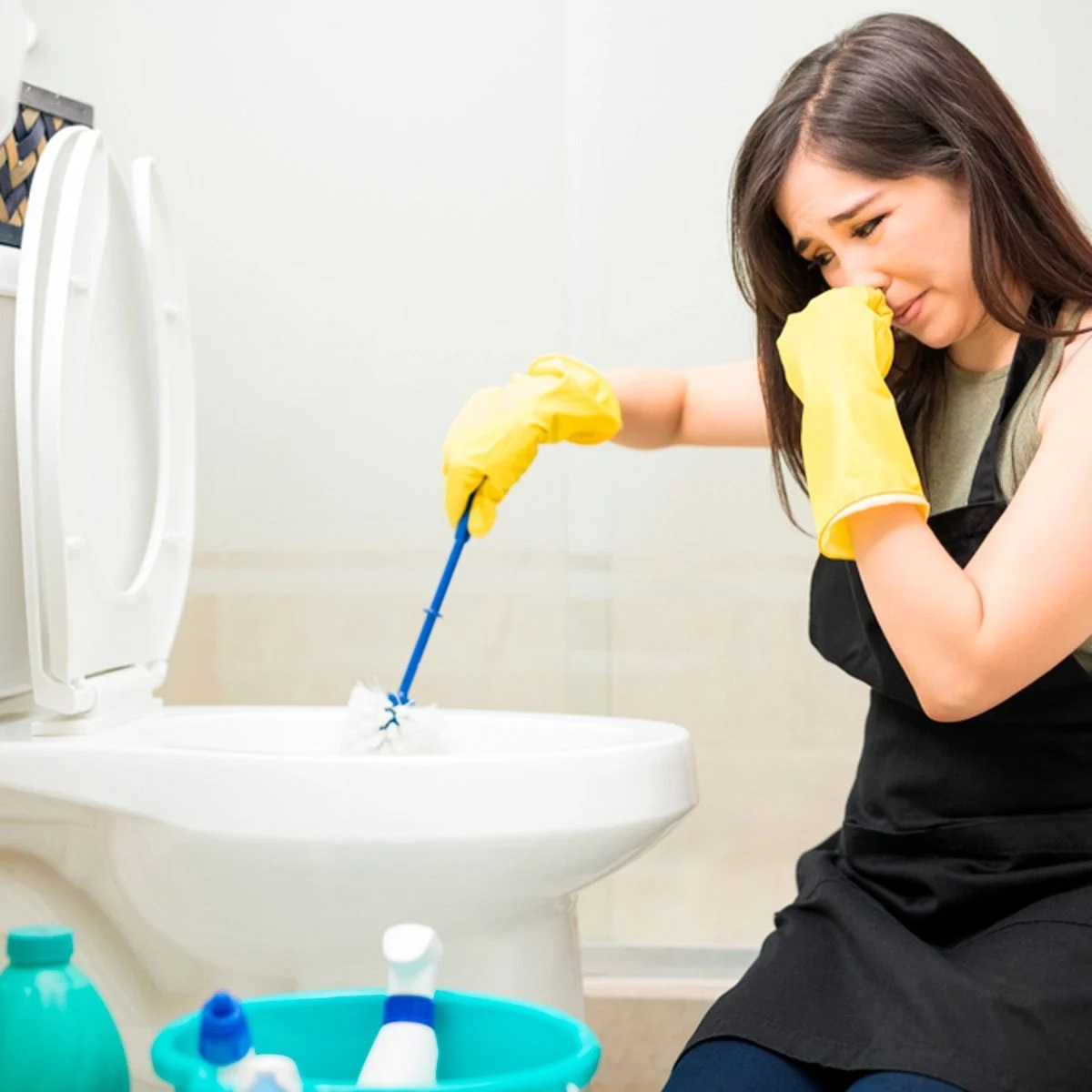

Articles
Why Does My Toilet Water Smell
Modified: January 6, 2024
Discover articles that explain why your toilet water smells and learn how to fix the problem. Find solutions to eliminate unpleasant odors and improve bathroom hygiene.
(Many of the links in this article redirect to a specific reviewed product. Your purchase of these products through affiliate links helps to generate commission for Storables.com, at no extra cost. Learn more)
Introduction
Having a smelly toilet can be an unpleasant and embarrassing problem. The odor coming from the toilet water can not only make using the bathroom uncomfortable but can also indicate underlying issues that need to be addressed. Understanding the causes of toilet water odor is essential to finding effective solutions and maintaining a fresh and odor-free bathroom.
In this article, we will explore the potential causes of toilet water odor and provide practical solutions to eliminate the unpleasant smell. Whether your toilet water smells like sewage, rotten eggs, or something else entirely, read on to discover the possible reasons behind the odor and how to tackle the problem.
Key Takeaways:
- Regular cleaning and disinfecting of the toilet bowl are essential to combat bacterial growth and eliminate foul odors, ensuring a fresh and hygienic bathroom environment.
- Addressing issues such as faulty wax ring seals, sewer line problems, clogged vent pipes, improper drainage, and hard water can effectively eliminate unpleasant odors in toilet water, maintaining a clean and pleasant bathroom.
Read more: Why Does My Sink Water Smell
Potential Causes of Toilet Water Odor
When it comes to toilet water odor, several factors can contribute to the unpleasant smell. Understanding these potential causes will help you identify the root of the problem and take appropriate action. Here are some common culprits:
- Bacterial Growth in the Toilet Bowl: Over time, bacteria can accumulate in the toilet bowl, leading to foul-smelling odors. This is especially true if the toilet is not cleaned regularly or if there is trapped organic matter in the bowl.
- Faulty Wax Ring Seal: The wax ring seal is a vital component that ensures a tight seal between the toilet bowl and the floor drain. If the seal becomes damaged or worn out, sewer gases can escape, causing unpleasant odors to permeate the bathroom.
- Sewer Line Issues: Problems in the sewer line, such as cracks, blockages, or leaks, can result in foul odors coming from the toilet water. These issues need to be addressed promptly to prevent further damage and eliminate the odor.
- Clogged Vent Pipe: The vent pipe in the plumbing system is responsible for releasing sewer gases outside the house. If this pipe becomes clogged, the gases may get trapped and find their way back into the toilet bowl, causing a foul smell.
- Improper Drainage: Inadequate water flow or improper flushing can lead to stagnant water in the toilet bowl, creating a breeding ground for bacteria and resulting in an unpleasant odor. Ensuring proper drainage and thorough flushing can help alleviate this issue.
- Presence of Hard Water: If your toilet is supplied with hard water, mineral deposits can accumulate in the bowl and pipes over time. These deposits can contribute to the odor and need to be addressed to maintain a fresh-smelling toilet.
Identifying the specific cause of the toilet water odor is crucial in determining the most effective solution. In the following sections, we will explore practical methods for eliminating toilet water odor based on the underlying cause.
Bacterial Growth in the Toilet Bowl
Bacterial growth in the toilet bowl is a common cause of foul-smelling toilet water. Bacteria thrive in moist environments, and the toilet bowl provides the perfect breeding ground. Over time, bacteria can multiply and produce a strong, unpleasant odor.
To tackle bacterial growth in the toilet bowl and eliminate the odor, regular cleaning and disinfecting are crucial. Here are a few steps you can take:
- Clean the Bowl: Start by scrubbing the inside of the toilet bowl with a toilet brush and a disinfectant cleaner. Make sure to reach under the rim and into the trap to remove any trapped bacteria or debris.
- Use Vinegar: Vinegar is a natural and effective cleaning agent that can help eliminate bacteria and odors. Pour a cup of white vinegar into the toilet bowl and let it sit for a few hours or overnight. Then, scrub the bowl again and flush the toilet to rinse away the vinegar.
- Baking Soda and Lemon: For an extra cleaning boost, you can sprinkle baking soda into the toilet bowl and then squeeze fresh lemon juice on top. Let the mixture sit for a while before scrubbing and flushing. Baking soda acts as a natural deodorizer, while lemon has antibacterial properties.
- Consider Toilet Cleaning Tablets: There are various toilet cleaning tablets available in the market specifically designed to help keep your toilet fresh and clean. These tablets are usually placed in the toilet tank and gradually release cleaning agents with each flush.
In addition to regular cleaning, it’s important to practice good hygiene and avoid leaving waste or toilet paper in the bowl for extended periods. Flushing after each use and ensuring proper ventilation in the bathroom can also help prevent bacterial growth.
By maintaining a regular cleaning routine and implementing these cleaning methods, you can effectively combat bacterial growth in the toilet bowl and eliminate that unpleasant odor.
Faulty Wax Ring Seal
A faulty wax ring seal can be a major cause of unpleasant odors emanating from the toilet water. The wax ring seal is located between the base of the toilet and the floor drain, providing a watertight seal. Over time, the wax ring can deteriorate or become damaged, resulting in sewer gases escaping and causing foul odors in the bathroom.
If you suspect a faulty wax ring seal is the cause of the odor, here are the steps to fix the issue:
- Turn Off the Water Supply: Start by turning off the water supply to the toilet. Locate the shutoff valve usually located behind or beside the toilet and turn it clockwise to shut off the water flow.
- Empty the Tank and Bowl: Flush the toilet to empty the tank and bowl. Use a sponge or towel to remove any remaining water from the bowl and tank to facilitate the repair process.
- Remove the Toilet: Carefully disconnect the supply line that connects the toilet’s water supply to the shut-off valve. Next, remove the nuts that secure the toilet to the floor bolts. Gently rock the toilet back and forth to break the wax seal, and then lift the toilet off the floor and set it aside.
- Inspect and Replace the Wax Ring: Inspect the existing wax ring for any signs of damage or wear. If the ring appears cracked, flattened, or worn out, it’s essential to replace it. Remove the old wax ring and clean the surface area around the floor drain before installing the new wax ring.
- Reinstall the Toilet: Carefully lower the toilet back onto the floor and align it with the floor bolts. Apply slight pressure to compress the new wax ring and ensure a tight seal. Replace and tighten the nuts on the floor bolts to secure the toilet in place. Reconnect the water supply line, turn on the water, and check for any leaks.
By replacing the faulty wax ring seal, you can effectively eliminate the sewer gas odor and restore the proper function of your toilet.
Sewer Line Issues
Sewer line issues can be a significant culprit behind foul odors in toilet water. Cracks, blockages, or leaks in the sewer line can cause sewer gases to escape, resulting in an unpleasant smell in the bathroom.
If you suspect sewer line problems are causing the odor, it’s important to address them promptly to prevent further damage and eliminate the smell. Here are a few steps to help tackle sewer line issues:
- Identify the Problem: If you notice a persistent sewer odor coming from the toilet water, it’s crucial to determine whether the issue is isolated to your toilet or if it’s a systemic problem affecting the entire plumbing system. Check other drains in your home to see if they also emit the same odor. If multiple drains are affected, it’s a sign of a sewer line issue.
- Call a Professional: Sewer line issues are complex and typically require the expertise of a professional plumber. Contact a reputable plumber to inspect and assess the condition of your sewer line. They will use specialized equipment like closed-circuit television (CCTV) cameras to identify any cracks, blockages, or leaks.
- Repair or Replace: Depending on the severity of the issue, the plumber will recommend the appropriate course of action. Minor cracks or leaks may be repaired using methods like pipe relining, while severe damage may require replacing sections of the sewer line.
- Maintain Regular Maintenance: To prevent future sewer line issues, it’s important to maintain regular maintenance. This includes avoiding flushing materials that can cause blockages, such as grease, non-biodegradable items, or excessive amounts of toilet paper. Regular inspections and cleaning can also help identify and address potential problems before they escalate.
Remember, sewer line issues can be complex and require professional assistance. It’s best to consult with a qualified plumber to assess and address any problems with your sewer line to eliminate the odor and ensure the proper working order of your toilet.
Read more: Why Does My Duvet Smell
Clogged Vent Pipe
A clogged vent pipe in the plumbing system can contribute to foul odors coming from the toilet water. The vent pipe is responsible for releasing sewer gases outside the house, allowing for proper drainage and preventing the buildup of odors. However, if the vent pipe becomes blocked or obstructed, these gases can get trapped and find their way back into the toilet bowl, causing an unpleasant smell.
If you suspect a clogged vent pipe is the cause of the odor, here are some steps you can take to address the issue:
- Identify the Vent Pipe: The vent pipe is usually located on the roof of your house and is a vertical pipe that extends above the roofline. It allows for the release of sewer gases and helps maintain proper ventilation in the plumbing system.
- Check for Obstructions: Carefully climb up to the roof and visually inspect the vent pipe for any visible blockages or obstructions. Common causes of clogged vent pipes include leaves, debris, bird nests, or even ice during colder months.
- Remove Blockages: If you can safely reach the blockage, use a plumbing snake or a long, flexible rod to gently dislodge and remove the obstruction from the vent pipe. Exercise caution to avoid damaging the pipe or causing further blockages.
- Call a Professional: If you are unable to clear the blockage or if the vent pipe is not easily accessible, it’s best to contact a professional plumber. They have the necessary tools and expertise to safely and effectively remove the obstruction and restore proper airflow in the plumbing system.
Remember, working on the roof can be dangerous, so it’s important to prioritize safety when dealing with a clogged vent pipe. If you feel unsure or uncomfortable performing the task yourself, it’s best to rely on the expertise of a professional plumber.
By addressing a clogged vent pipe promptly, you can eliminate the odor coming from the toilet water and restore proper ventilation in your plumbing system.
Improper Drainage
Improper drainage in the toilet can be a common cause of unpleasant odors in the water. When there is inadequate water flow or improper flushing, it can result in stagnant water in the bowl, creating a breeding ground for bacteria and causing a foul smell to emanate from the toilet water.
To address improper drainage and eliminate the odor, here are some steps you can take:
- Check Water Flow: Start by assessing the water flow in your toilet. Ensure that the water supply valve is fully open, allowing for adequate water to enter the tank during each flush. If there is low water flow, check for any obstructions or issues with the supply line.
- Check Flapper and Flush Valve: The flapper and flush valve play a crucial role in the flushing mechanism. Inspect them for any damage or wear that may hinder proper water flow. If necessary, replace the flapper or flush valve to improve flushing efficiency.
- Clear Blockages: A blockage in the toilet’s trap or drain pipe can lead to improper drainage and stagnant water. Use a plunger or a toilet auger to attempt to clear any clogs. If the blockage persists, it may be necessary to call a professional plumber to address the issue.
- Adjust Toilet Tank Water Level: Ensure that the water level in the toilet tank is set to the manufacturer’s recommended level. If the water level is too low, it may result in incomplete flushing and inadequate water flow, leading to improper drainage and odors.
- Consider Upgrading to a High-Efficiency Toilet: If you continue to experience drainage issues and foul odors, it may be worth considering upgrading to a high-efficiency toilet. These toilets are designed to use less water while still maintaining effective flushing and proper drainage.
By addressing improper drainage and ensuring proper water flow in your toilet, you can effectively eliminate the foul odor and maintain a fresh-smelling bathroom.
Presence of Hard Water
The presence of hard water can also contribute to unpleasant odors in toilet water. Hard water contains high levels of minerals, such as calcium and magnesium, which can accumulate in the toilet bowl and pipes over time. These mineral deposits can contribute to a foul odor and affect the overall cleanliness of your toilet.
To address the issue of hard water and eliminate the associated odor, consider the following solutions:
- Use Descaling Agents: Descaling agents, such as citric acid or vinegar, can help dissolve mineral deposits in the toilet bowl. Pour a cup of the descaling agent into the bowl and let it sit for several hours or overnight. Then, scrub the bowl with a brush to remove any remaining deposits and flush to rinse away the solution.
- Install a Water Softener: Consider installing a water softener in your home’s plumbing system. Water softeners work by removing the minerals responsible for water hardness, resulting in improved water quality and reduced buildup of scale in the toilet bowl and pipes.
- Regular Cleaning and Maintenance: Maintain a regular cleaning routine for your toilet, paying close attention to areas prone to mineral buildup. Clean the toilet bowl using a mild abrasive cleaner or a mixture of baking soda and water to remove any scale deposits.
- Consider Toilet Bowl Cleaners: There are specific toilet bowl cleaners available that are designed to target and remove mineral deposits. These cleaners often contain ingredients that can dissolve the minerals and eliminate odors caused by hard water.
It’s important to note that while the presence of hard water can contribute to odor issues in your toilet, it’s primarily a cosmetic concern. However, addressing hard water problems can improve the overall cleanliness and freshness of your bathroom.
By implementing these solutions, you can effectively tackle the presence of hard water, eliminate the associated odor, and maintain a clean and pleasant-smelling toilet.
Regularly clean your toilet and check for any leaks. The smell could be caused by bacteria or mold buildup in the tank or pipes. Adding baking soda or vinegar to the bowl can help neutralize odors.
Solutions for Eliminating Toilet Water Odor
Toilet water odor can be a bothersome issue, but with the right solutions, you can effectively eliminate the unpleasant smell and maintain a fresh and odor-free bathroom. Here are some practical solutions to help address and prevent toilet water odor:
- Cleaning and Disinfecting the Toilet Bowl: Regular cleaning and disinfecting of the toilet bowl are crucial to remove bacteria and prevent foul odors. Use a toilet bowl cleaner or a mixture of vinegar and baking soda to scrub the bowl thoroughly. Pay attention to the underside of the rim, as well as the trap area.
- Replacing the Wax Ring Seal: If you suspect a faulty wax ring seal is causing the odor, it’s important to replace it. Follow the steps mentioned earlier to turn off the water supply, empty the tank, remove the toilet, inspect and replace the wax ring seal, and reinstall the toilet.
- Inspecting and Repairing Sewer Line Problems: If the odor persists and seems to be associated with the sewer line, it’s advisable to call a professional plumber. They can inspect the sewer line for any cracks, leaks, or blockages and make the necessary repairs to eliminate the smell.
- Clearing a Clogged Vent Pipe: If you suspect a clogged vent pipe is causing the odor, visually inspect the vent pipe on the roof for any blockages. Carefully remove the obstruction or call a professional plumber to assist you. Clearing the vent pipe will ensure proper airflow and prevent sewer gases from entering the toilet bowl.
- Improving Drainage System: Proper drainage is essential to prevent stagnant water and bacterial growth. Ensure that the toilet tank’s water level is set correctly, use a plunger or toilet auger to clear any blockages, and avoid flushing anything that may cause clogs.
- Treating Hard Water: If your toilet is supplied with hard water, using descaling agents, installing a water softener, or using specific toilet cleaners can help dissolve mineral deposits and eliminate the associated odor.
Implementing these solutions will help you tackle the specific causes of toilet water odor and restore a fresh and pleasant environment in your bathroom. Remember to maintain regular cleaning and maintenance practices to prevent the recurrence of the odor issue.
However, if the odor persists or the problem seems to be more complex, it’s best to consult a professional plumber who can provide expert guidance and assistance in resolving the issue.
Read more: Why Does My Blender Smell
Cleaning and Disinfecting the Toilet Bowl
Regular cleaning and disinfecting of the toilet bowl are essential to remove bacteria and prevent foul odors. Follow these steps to effectively clean and disinfect your toilet bowl:
- Gather Supplies: Before you begin, gather all the necessary supplies. This includes rubber gloves, a toilet brush, a toilet bowl cleaner, vinegar or baking soda (optional), and a disinfectant cleaner.
- Flush and Begin Cleaning: Start by flushing the toilet to wet the inside of the bowl. Apply the toilet bowl cleaner under the rim and along the sides of the bowl, making sure to cover all areas. Allow the cleaner to sit for a few minutes to start breaking down stains and killing bacteria.
- Scrub the Bowl: Put on your rubber gloves and use a toilet brush to scrub the inside of the bowl thoroughly. The brush bristles should reach under the rim and into the trap area. Scrub vigorously to remove any visible stains, mineral deposits, or debris. Pay attention to areas where bacteria and odors tend to accumulate.
- Use Vinegar or Baking Soda (Optional): For an extra cleaning boost, you can use vinegar or baking soda. If using vinegar, pour a cup into the toilet bowl and let it sit for a few hours or overnight. If using baking soda, sprinkle it into the bowl and then add a few drops of water to create a paste. Scrub the bowl again before proceeding to the next step.
- Disinfect the Bowl: After cleaning, rinse the toilet brush with water and add a disinfectant cleaner to the toilet bowl. Use the brush to spread the disinfectant cleaner around the inside of the bowl, making sure to cover all surfaces. Leave the cleaner in the bowl for the recommended amount of time specified by the product instructions to effectively kill bacteria.
- Flush and Rinse: Once the disinfectant has had time to work, flush the toilet to rinse away the cleaning and disinfecting products. Use the toilet brush to scrub under the rim and around the trap area once more, ensuring the bowl is thoroughly rinsed.
- Clean the Exterior: Don’t forget to clean the exterior surfaces of the toilet, including the tank, the seat, and the base. Use a mild cleaner or disinfectant wipes to wipe down these areas and eliminate any lingering bacteria or odors.
It’s recommended to clean and disinfect your toilet bowl at least once a week, or more frequently if necessary, to maintain a fresh and hygienic environment in your bathroom. Regular cleaning and disinfecting will help prevent the buildup of stains, bacteria, and odors, ensuring a clean and pleasant toilet for you and your family.
Replacing the Wax Ring Seal
If you suspect a faulty wax ring seal is the source of the odor in your toilet, it’s important to replace it to prevent sewer gases from escaping and causing unpleasant smells. Here’s a step-by-step guide to help you replace the wax ring seal:
- Gather the Necessary Tools: Before you begin, make sure you have the right tools and supplies. You’ll need rubber gloves, a putty knife or scraper, a wax ring seal, a new flange if necessary, a wrench, and a bucket or towel to catch any water.
- Turn Off the Water Supply: Locate the water shut-off valve connected to the toilet, usually found on the wall behind or beside the toilet. Turn the valve clockwise to shut off the water supply.
- Empty the Tank and Bowl: Flush the toilet to empty the tank and bowl. Use a sponge or towel to remove any remaining water from the bowl and tank. Dispose of the water in a bucket or towel.
- Disconnect the Water Supply Line: Use a wrench to loosen and disconnect the water supply line from the bottom of the toilet tank. Have a towel or bucket ready to catch any water that may still be in the line.
- Remove the Toilet: Loosen and remove the nuts or bolts securing the toilet to the floor. Gently rock the toilet back and forth to break the wax seal, and then lift the toilet off the floor and set it on a towel or bucket.
- Remove the Old Wax Ring: Scrape off any remnants of the old wax ring from both the bottom of the toilet and the flange on the floor using a putty knife or scraper. Ensure both surfaces are clean and free of debris.
- Replace the Wax Ring and Flange (If Necessary): Place the new wax ring onto the flange, ensuring it is properly aligned with the toilet’s waste pipe. If the flange is damaged, cracked, or not seated correctly, it may also need to be replaced. Install a new flange if needed, following the manufacturer’s instructions.
- Reset the Toilet: Carefully lower the toilet over the wax ring, aligning it with the bolts or anchor points on the floor. Apply gentle downward pressure to compress the wax ring and create a watertight seal. Once properly aligned, secure the toilet to the floor by tightening the nuts or bolts.
- Reconnect the Water Supply Line: Reconnect the water supply line to the toilet tank and tighten the nut securely. Turn the water supply valve counterclockwise to restore the water flow to the toilet.
- Test for Leaks: Once everything is reconnected, turn on the water supply and flush the toilet. Check for any leaks around the base of the toilet or at the water supply connection. If you notice any leaks, tighten the connections as needed.
By replacing the faulty wax ring seal, you can eliminate the odor and ensure a proper seal between the toilet and the floor drain. If you are unsure or uncomfortable with the process, it’s best to seek the assistance of a professional plumber to ensure the job is done correctly.
Inspecting and Repairing Sewer Line Problems
If you suspect that sewer line problems are causing the odor in your toilet water, it’s crucial to inspect and address these issues promptly. Here are the steps to help you inspect and repair sewer line problems:
- Look for Signs of Sewer Line Issues: Examine your toilet, drains, and surrounding areas for signs of sewer line problems. These signs may include recurrent clogs, slow drainage, gurgling sounds, foul odors, or even sewage backups. If you notice any of these signs, it’s likely that there is an issue with your sewer line.
- Call a Professional Plumber: Sewer line issues can be complicated and require expert knowledge and specialized equipment to diagnose and repair. It’s advisable to contact a professional plumber who can perform a thorough inspection and provide an accurate assessment of the problem.
- Camera Inspection: A professional plumber may use a specialized tool, such as a drain camera or closed-circuit television (CCTV) camera, to inspect the sewer line. This allows them to identify any cracks, leaks, root intrusions, or other obstructions that might be causing the odor.
- Determine the Best Solution: After inspecting the sewer line, the plumber will determine the most suitable solution based on the identified issues. This can involve various repair methods, such as pipe relining, spot repairs, or even complete pipe replacement.
- Implement the Repair: Once the plumber has diagnosed the problem and recommended a solution, they will proceed with the necessary repairs. This may involve excavating the affected area to access the sewer line or using trenchless repair techniques, depending on the nature and location of the problem.
- Regular Maintenance: To prevent future sewer line issues, it’s important to practice regular maintenance. Avoid flushing items that can cause blockages, such as grease, non-biodegradable materials, or excessive amounts of toilet paper. Consider scheduling periodic sewer line inspections to catch and address any potential issues before they escalate.
Remember, sewer line problems can be complex and require the expertise of a professional plumber. Attempting to handle these issues without the necessary knowledge and equipment can lead to further damage and costly repairs. It’s best to consult with a qualified plumber to assess and address any sewer line problems, ensuring the elimination of odors and the proper functioning of your toilet and plumbing system.
Clearing a Clogged Vent Pipe
A clogged vent pipe in your plumbing system can cause unpleasant odors to emanate from your toilet water. To address this issue and restore proper ventilation, it’s important to clear the clog in the vent pipe. Here’s a step-by-step guide to help you:
- Confirm the Location of the Vent Pipe: The vent pipe is usually located on the roof of your house and is a vertical pipe that extends above the roofline. Before attempting to clear the clog, ensure that you have the correct pipe identified.
- Inspect the Vent Pipe: Carefully climb up to the roof and visually inspect the vent pipe for any visible blockages or obstructions. Common causes of clogged vent pipes include leaves, debris, bird nests, or even ice during colder months.
- Remove the Blockage: If you can safely reach the blockage, use a plumbing snake or a long, flexible rod to gently dislodge and remove the obstruction from the vent pipe. Be cautious to avoid damaging the pipe or causing further blockages.
- Flushing Water: While clearing the clog, have someone inside the house flush a toilet or run a faucet to allow water to flow through the pipes. This can help dislodge the blockage and flush out any remaining debris.
- Repeat if Necessary: If the blockage is stubborn and does not clear immediately, continue attempting to remove it with the plumbing snake or rod. Persistence and patience may be required to fully clear the clog.
- Inspect and Clean the Vent Pipe: Once you have cleared the clog, inspect the vent pipe to ensure that it is completely free from obstructions. Use a flashlight if necessary to check the interior of the pipe. If there are any remaining debris or buildup, consider using a hose with high-pressure water or a plumber’s auger to clean it thoroughly.
- Monitor for Further Issues: After clearing the clog, monitor the functionality of your plumbing system. Ensure that you no longer experience foul odors and that water drains properly. If you continue to experience problems, it may be best to consult a professional plumber to assess the situation and provide further assistance.
Clearing a clogged vent pipe can greatly help in eliminating unpleasant odors from your toilet water. However, always prioritize safety when dealing with roof access and be cautious throughout the process. If you are unsure or uncomfortable performing the task yourself, it’s best to seek the assistance of a professional plumber who can safely and effectively clear the clog.
Read more: Why Does My HVAC Smell
Improving Drainage System
A proper drainage system is essential for preventing stagnant water and eliminating foul odors from your toilet water. If you notice issues with drainage, there are several steps you can take to improve the functionality of your drainage system. Here’s what you can do:
- Check the Water Flow: Ensure that the water supply valve connected to your toilet is fully open. Insufficient water flow can contribute to improper drainage. If the flow is weak, check for any obstructions or issues with the supply line.
- Inspect the Flapper and Flush Mechanism: The flapper and flush mechanism play a crucial role in proper flushing and drainage. Inspect these components to ensure they are functioning correctly. If they are damaged or worn out, consider replacing them to improve drainage efficiency.
- Clear Blockages: A blockage in the toilet’s trap or drain pipe can lead to improper drainage and stagnant water. Use a plunger or a toilet auger to attempt to clear any clogs. If the blockage persists, it may be necessary to call a professional plumber to address the issue.
- Improper Ventilation: Inadequate ventilation in your plumbing system can contribute to drainage problems. Ensure that air vents and vents on the roof are clear of any obstructions. These vents help equalize pressure and allow proper water flow, preventing water from backing up in the pipes.
- Improve Toilet Flushing: Proper flushing is essential for effective drainage. Make sure to flush the toilet thoroughly and use enough water to carry away waste and prevent residue buildup.
- Address Slow Drains: If you notice slow drainage in other sinks or drains in your home, it may indicate a systemic issue with your plumbing system. In this case, it’s best to consult a professional plumber who can assess and identify the cause of the problem.
- Regular Maintenance: Regular maintenance is crucial for keeping your drainage system in good working order. Avoid flushing items that can cause clogs such as grease, non-biodegradable materials, or excessive amounts of toilet paper. Consider using drain screens to catch hair and debris before they enter the pipes.
By taking these steps to improve your drainage system, you can help eliminate stagnant water and foul odors in your toilet water. However, if you continue to experience issues with drainage, it’s best to consult a professional plumber who can diagnose the problem and provide appropriate solutions for your specific plumbing system.
Treating Hard Water
The presence of hard water can contribute to foul odors in toilet water and affect the overall cleanliness of your toilet. Hard water contains high levels of minerals, such as calcium and magnesium, which can accumulate in the toilet bowl and pipes over time. To address the issue of hard water and eliminate the associated odor, consider the following solutions:
- Descaling Agents: Descaling agents, such as citric acid or vinegar, can help dissolve mineral deposits in the toilet bowl. Pour a cup of the descaling agent into the bowl and let it sit for a few hours or overnight. Then, scrub the bowl with a toilet brush to remove any remaining deposits and flush to rinse away the solution.
- Water Softeners: Install a water softener in your home’s plumbing system. Water softeners work by removing the minerals responsible for water hardness, resulting in improved water quality and reduced scale buildup. Consult with a professional plumber to determine the appropriate size and type of water softener for your specific needs.
- Specific Toilet Cleaners: There are specific toilet bowl cleaners available on the market that are designed to target and remove mineral deposits. These cleaners often contain ingredients that can dissolve the minerals and eliminate odors caused by hard water. Read and follow the instructions on the product label for effective usage.
- Baking Soda and Vinegar: Create a paste by combining baking soda and vinegar, and apply it to the areas affected by hard water stains. Let the mixture sit for a while before scrubbing the stains with a toilet brush. Baking soda acts as a natural abrasive and vinegar dissolves the mineral deposits.
- Regular Cleaning: Establish a routine for regular cleaning and maintenance of your toilet. This includes cleaning the bowl, under the rim, and trap area at least once a week to prevent the buildup of hard water stains and odors.
It’s important to note that while treating hard water can help eliminate the associated odor in your toilet, it’s primarily a cosmetic concern. However, addressing hard water problems can improve the overall cleanliness and freshness of your bathroom. If you continue to experience issues with hard water or notice a persistent odor, it may be beneficial to consult with a professional plumber who can provide further guidance and recommend appropriate solutions for your specific situation.
Conclusion
Dealing with unpleasant odors in your toilet water can be a frustrating and unpleasant experience. However, by understanding the potential causes and implementing appropriate solutions, you can effectively eliminate these odors and maintain a fresh and odor-free bathroom.
We explored several potential causes of toilet water odor, including bacterial growth in the toilet bowl, faulty wax ring seals, sewer line issues, clogged vent pipes, improper drainage, and the presence of hard water. Each of these issues requires specific remedies to address the root cause and eliminate the odor effectively.
To combat bacterial growth in the toilet bowl, regular cleaning and disinfecting are crucial. This helps remove bacteria and prevent foul odors. Replacing a faulty wax ring seal is necessary to prevent sewer gases from escaping and causing unpleasant smells. Sewer line issues require professional inspection and repair to resolve any cracks, blockages, or leaks. Clearing a clogged vent pipe prevents sewer gases from entering the toilet bowl by restoring proper ventilation. Improving drainage and treating hard water both contribute to preventing odor buildup by ensuring proper water flow and reducing mineral deposits.
By implementing these solutions and practicing regular maintenance, you can effectively eliminate toilet water odors and maintain a fresh and pleasant bathroom environment. However, if you continue to experience persistent odors or encounter more complex plumbing issues, it is advisable to seek the assistance of a professional plumber who can provide expert guidance and assistance.
Remember, a clean and odor-free bathroom contributes to a more comfortable and enjoyable experience for everyone in your household. Prioritize regular cleaning, maintenance, and prompt action when addressing any plumbing issues to ensure a fresh and inviting environment in your bathroom.
Frequently Asked Questions about Why Does My Toilet Water Smell
Was this page helpful?
At Storables.com, we guarantee accurate and reliable information. Our content, validated by Expert Board Contributors, is crafted following stringent Editorial Policies. We're committed to providing you with well-researched, expert-backed insights for all your informational needs.
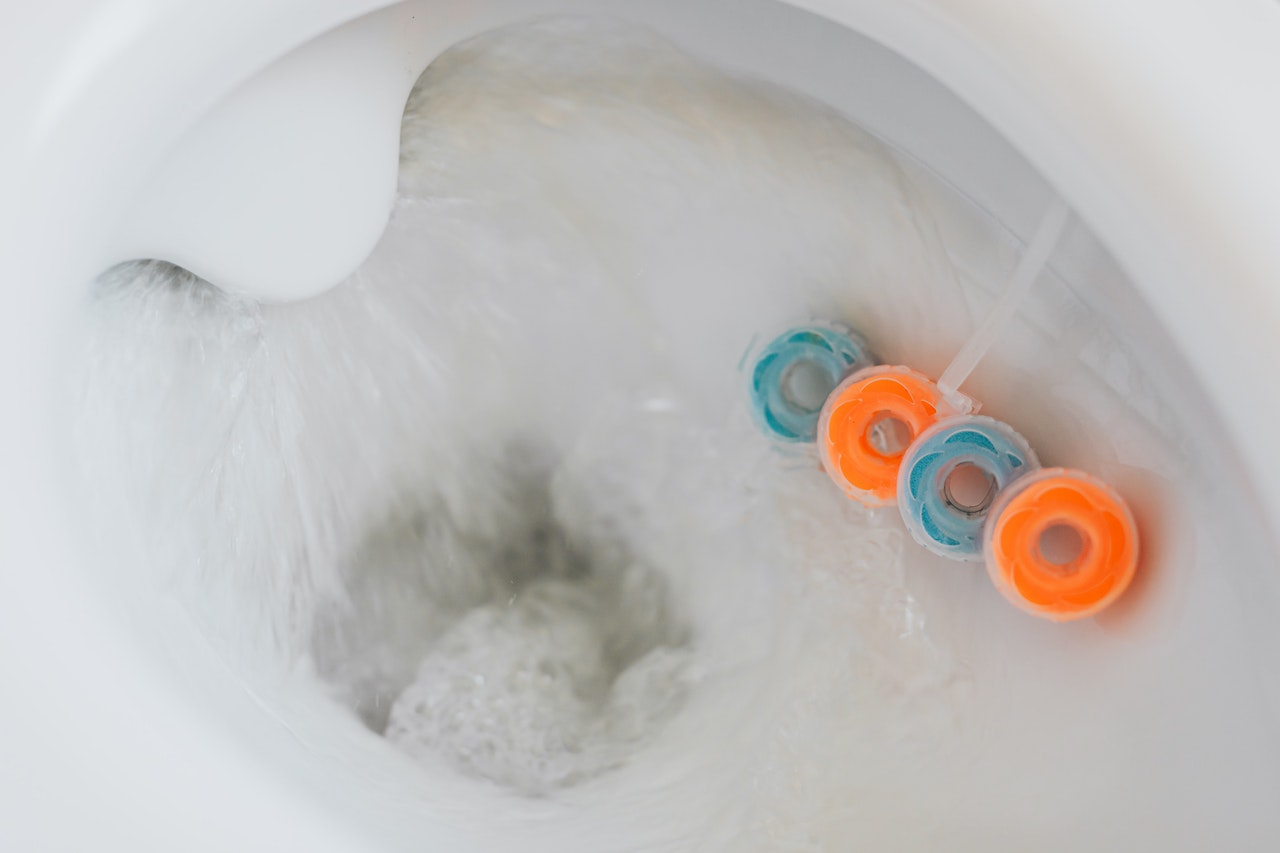
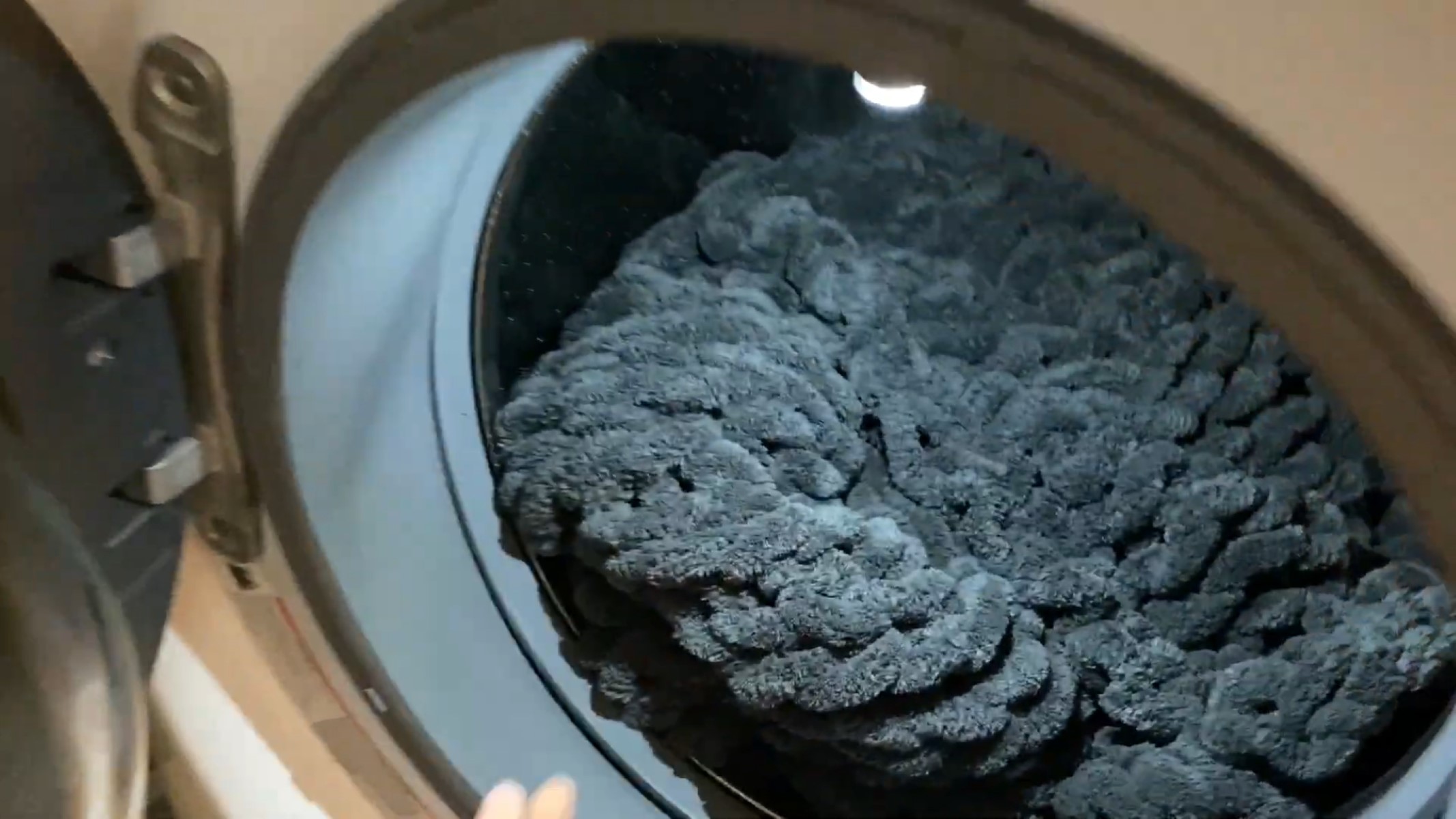


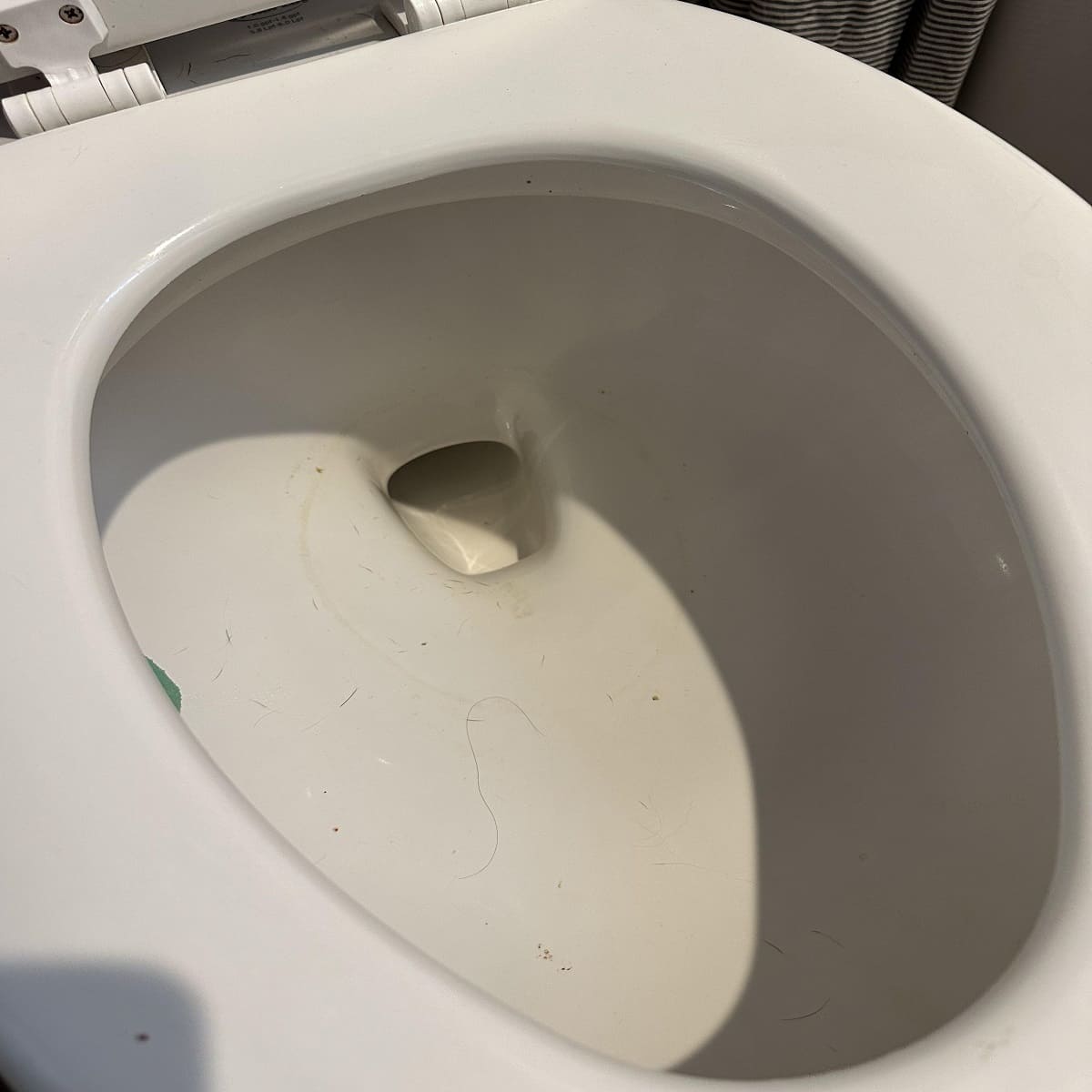

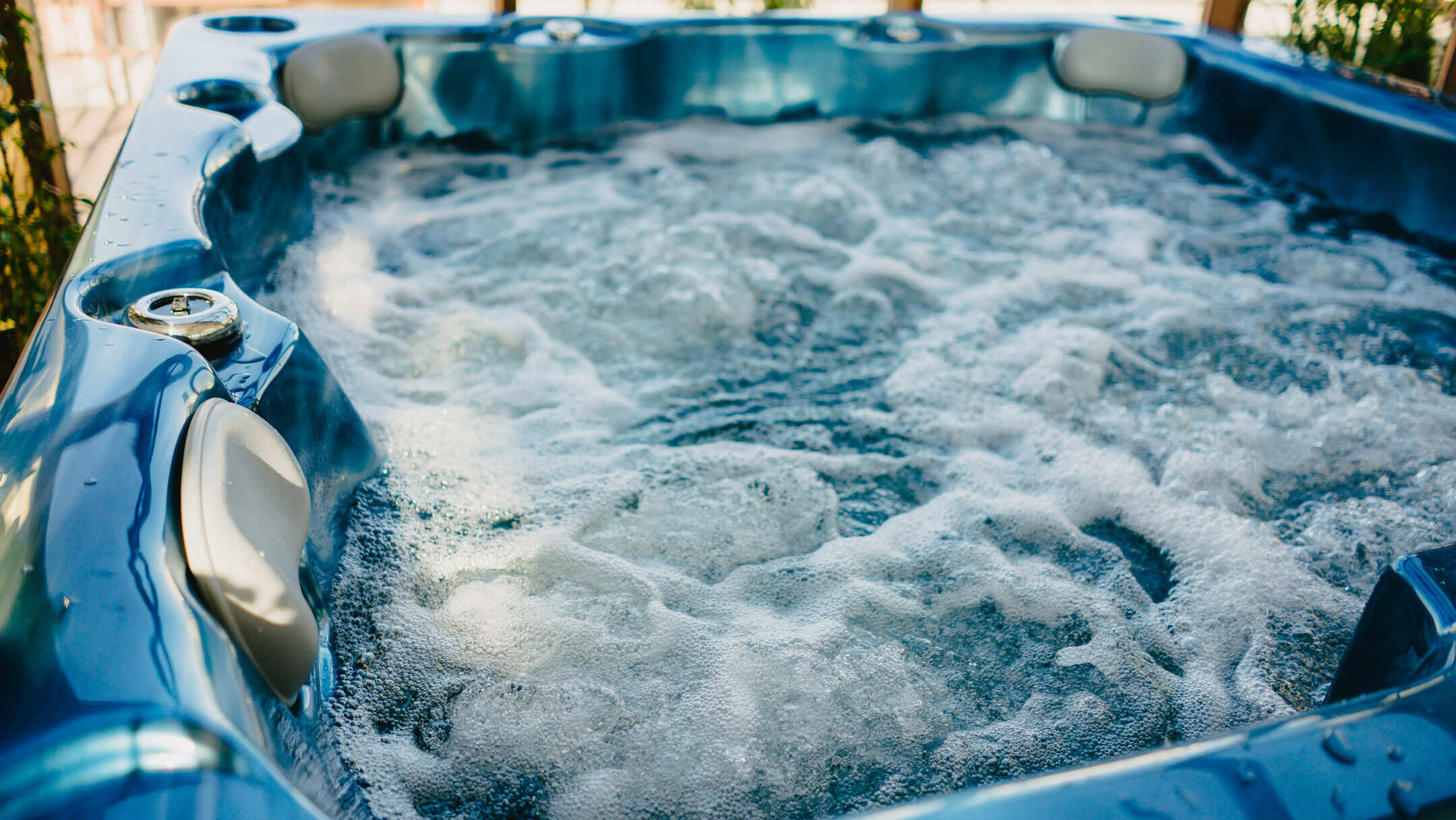
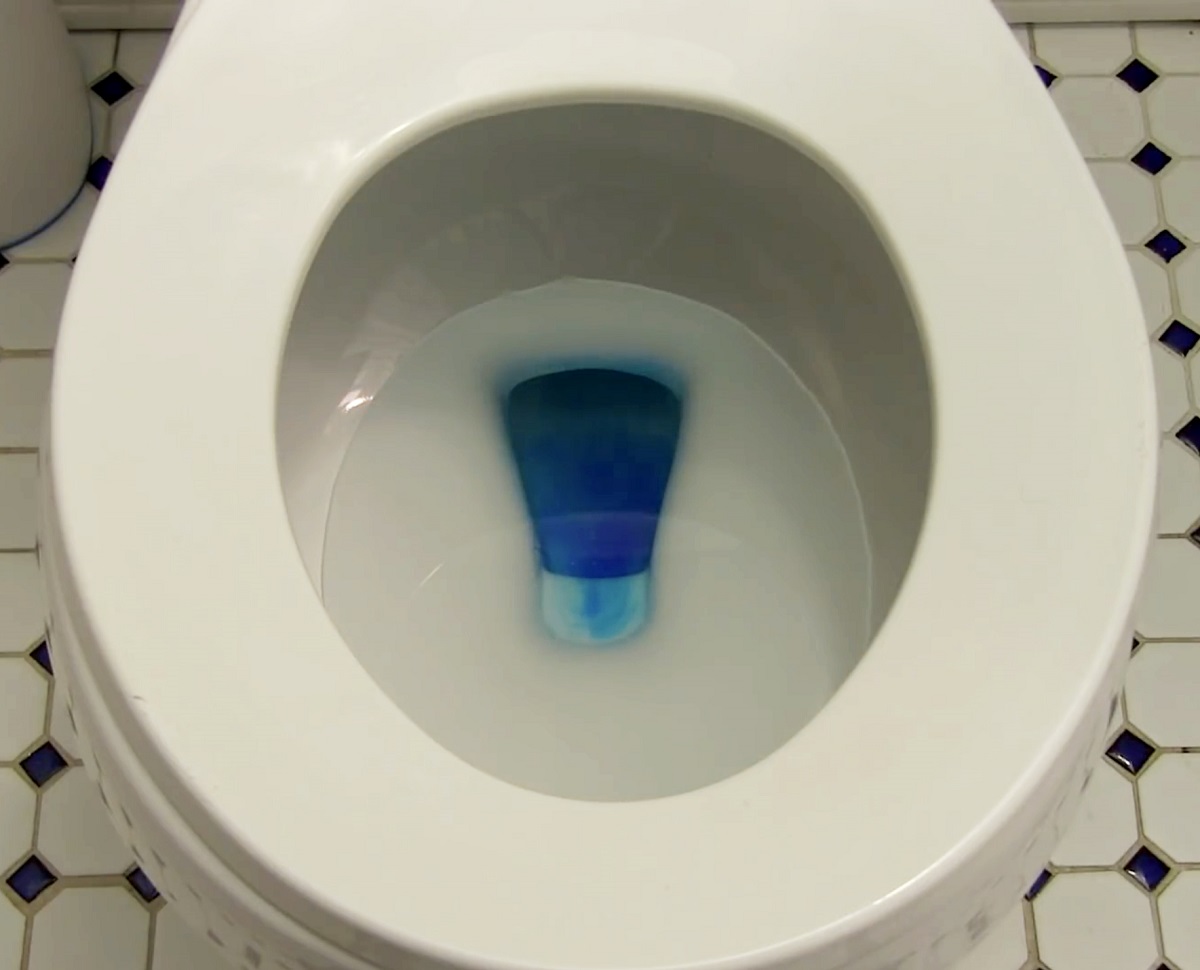

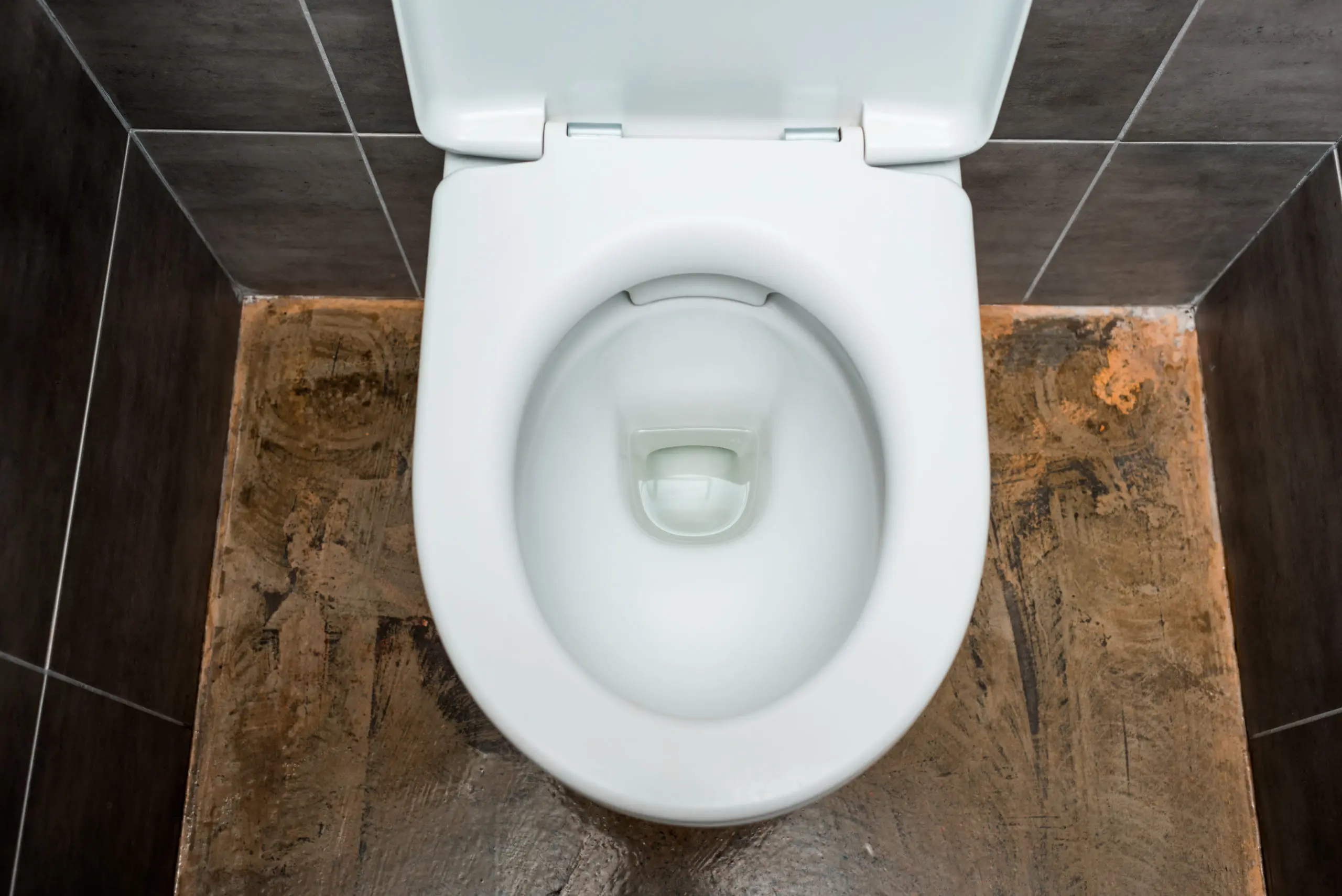
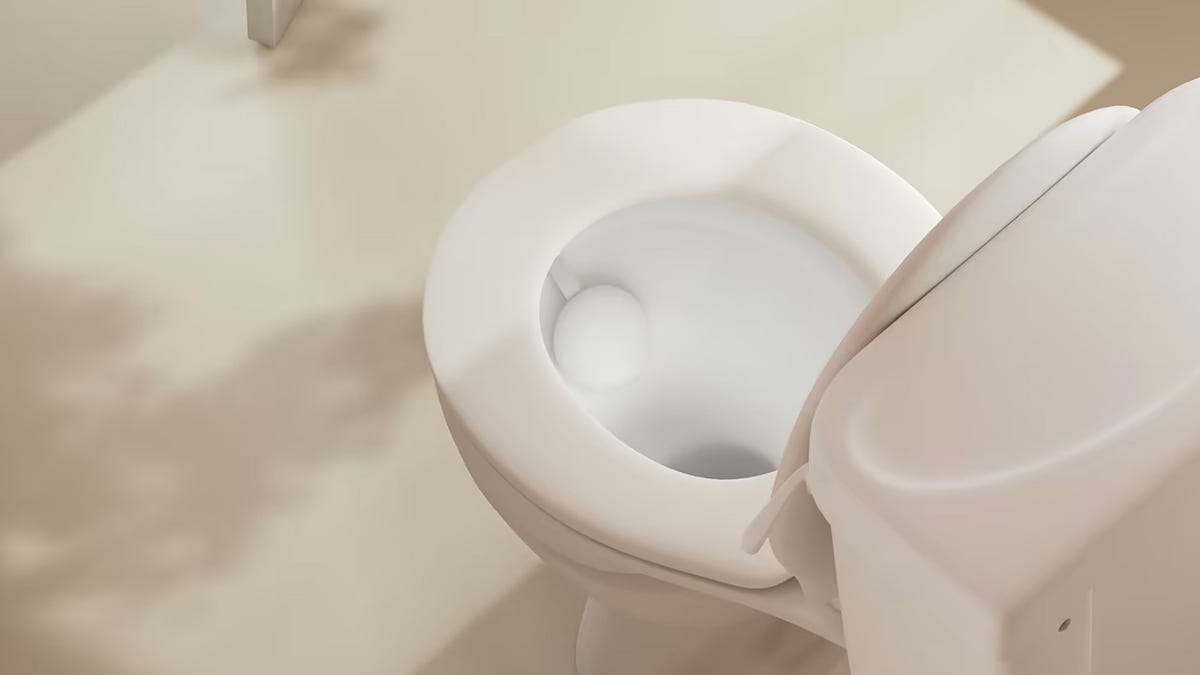
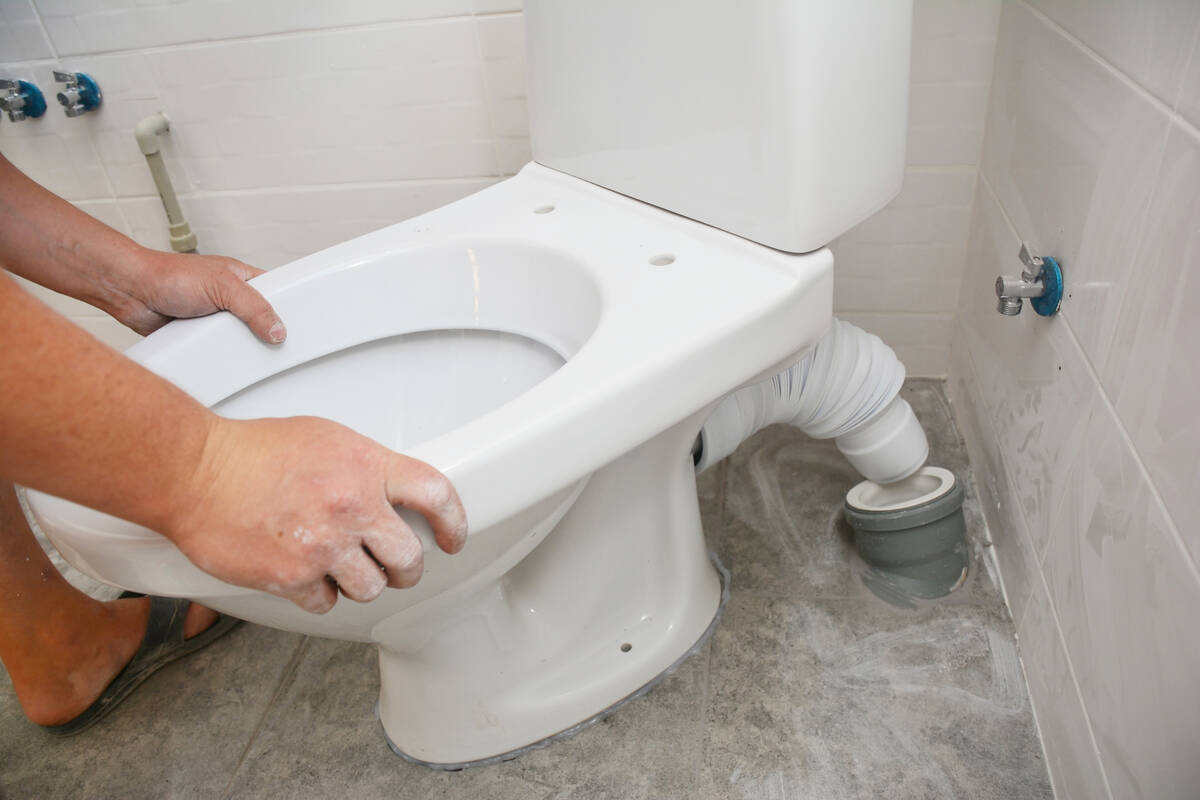

0 thoughts on “Why Does My Toilet Water Smell”